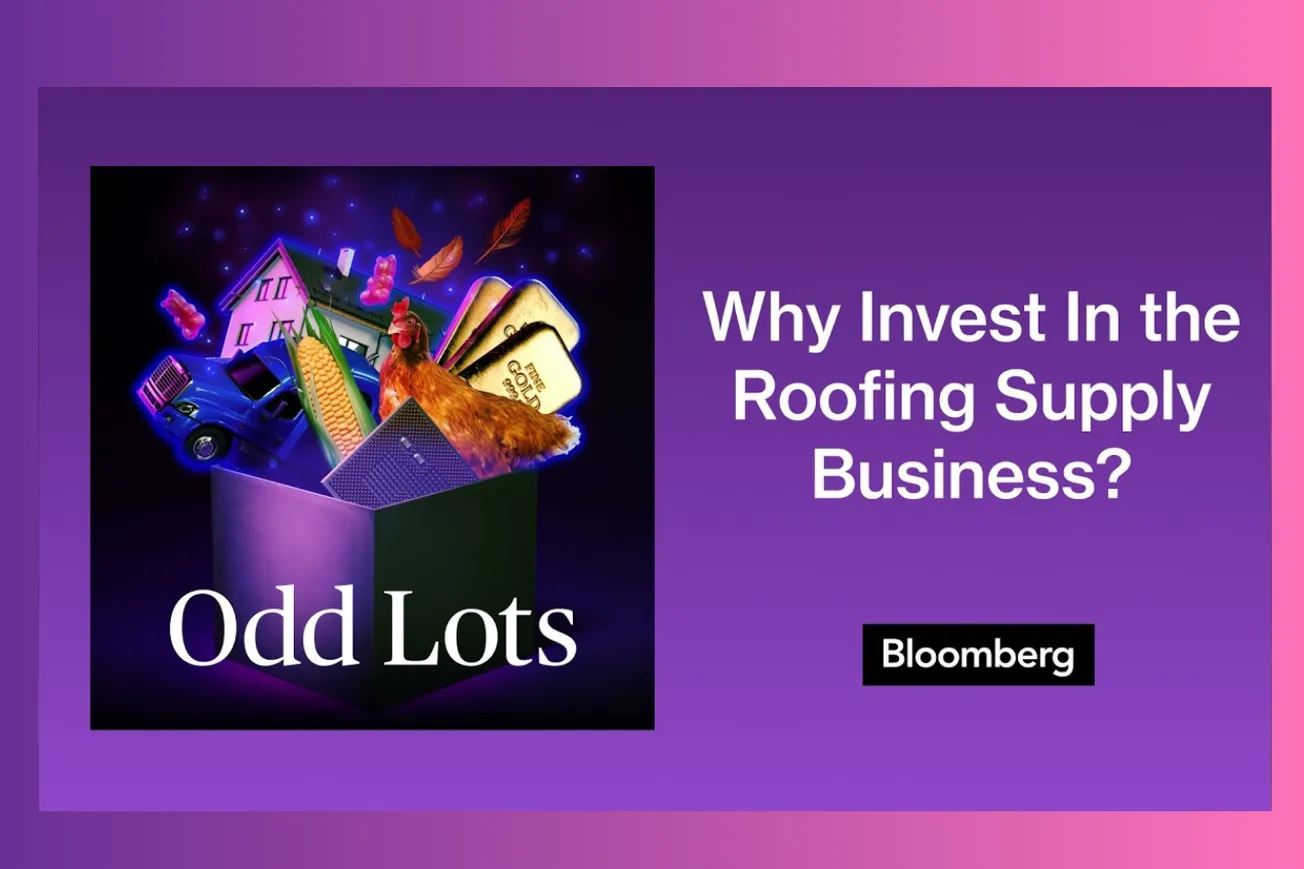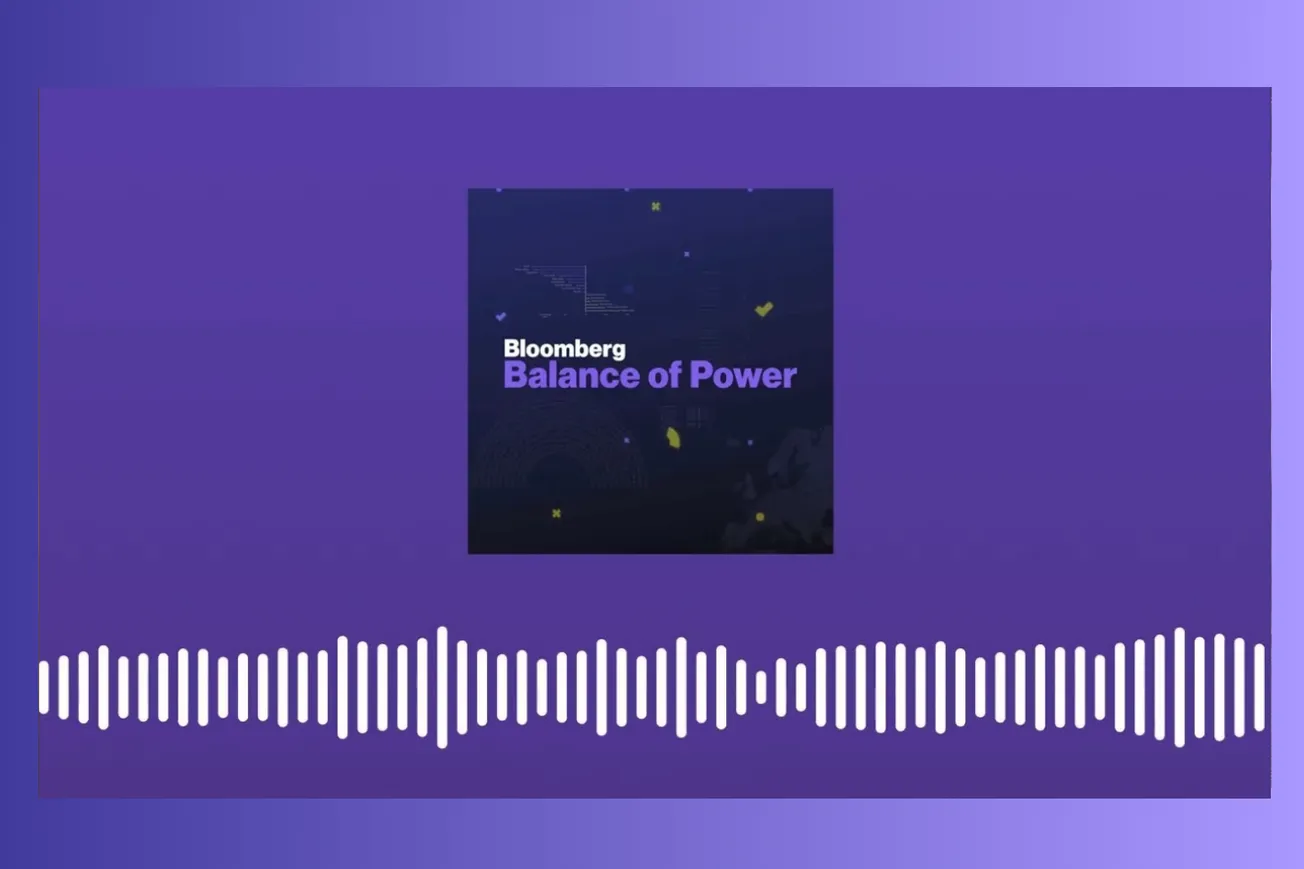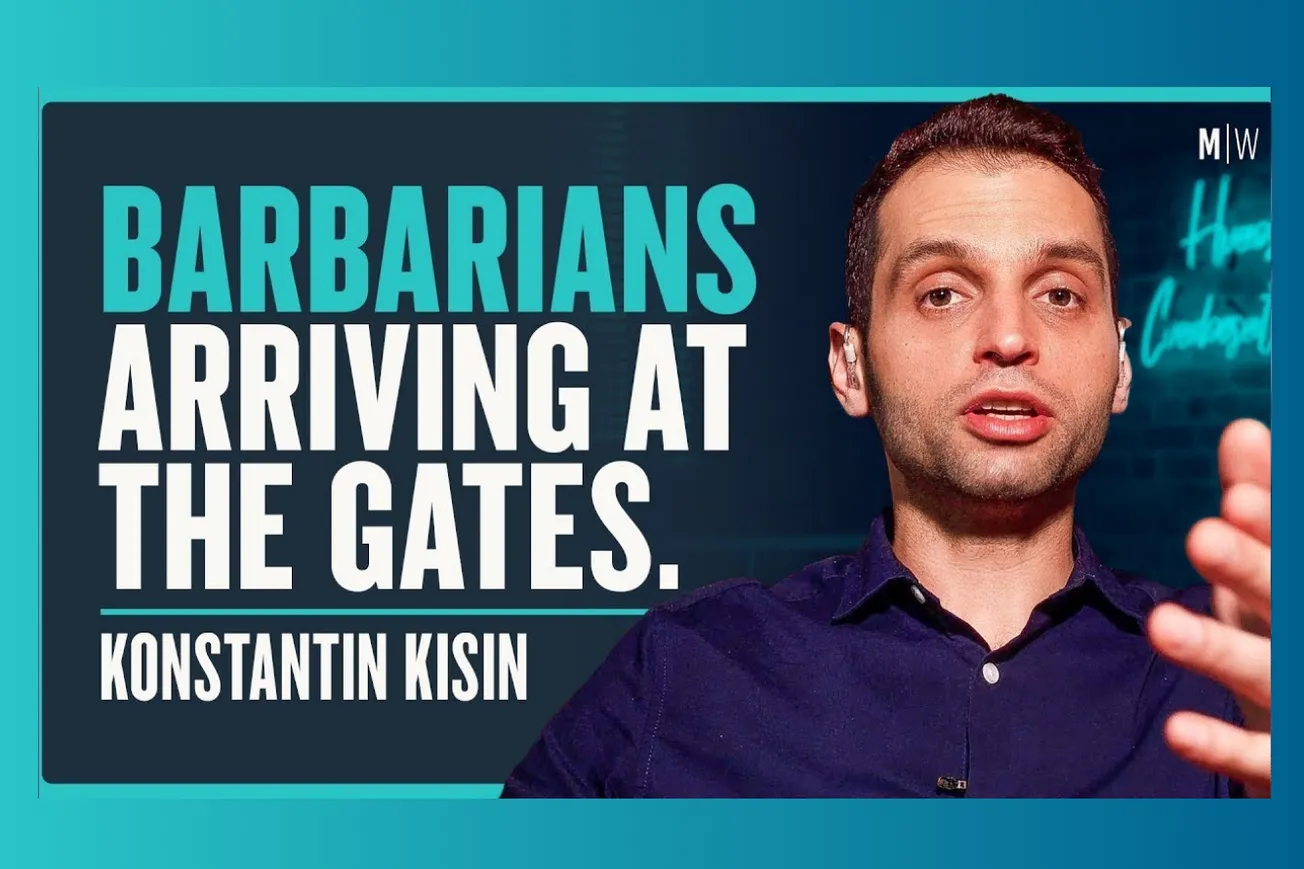Table of Contents
Serial entrepreneur Brad Jacobs explains his $11 billion Beacon Roofing acquisition strategy, targeting recession-proof business with 80% non-discretionary demand and domestic supply chains.
Key Takeaways
- Brad Jacobs acquired Beacon Roofing for $11 billion at 10.5x EBITDA, targeting profit doubling within three years using proven operational playbook
- Roofing supply business offers 80% non-discretionary demand since roof repairs cannot be postponed when leaks occur
- Domestic supply chain provides tariff immunity with 97% US production serving specific American climate and cultural preferences
- Building products distribution benefits from 4 million home shortage creating structural demand growth regardless of economic cycles
- Employee engagement strategy prioritizes two-way communication and zero-based analysis of every position rather than indiscriminate cost-cutting
- Plans to build $50 billion company through combination of acquisitions, green field expansions, and operational improvements
- Green field operations historically generated higher returns than acquisitions due to lower invested capital requirements
- Market concentration involves three major players controlling over 50% of $50-75 billion building products distribution industry
Timeline Overview
- Industry Selection Process — Analysis of 55 different industries to identify optimal match for Brad Jacobs' acquisition and operational improvement skill set
- Initial Beacon Pursuit — Extended courtship period with hostile takeover elements after management initially refused to engage in sale discussions
- Deal Negotiation — Maintaining $124.35 per share price despite market deterioration between November offer and final agreement
- Employee Integration Strategy — Immediate post-announcement zoom calls with thousands of employees to understand strengths and improvement opportunities
- Operational Assessment — 30-day intensive analysis combining employee surveys, branch manager interviews, and zero-based position evaluation
- Profit Doubling Plan — Implementation of proven playbook focusing on procurement optimization, pricing algorithms, and cost structure analysis
- Expansion Strategy — Concurrent planning for additional acquisitions and green field operations to reach $50 billion company goal
- Long-term Vision — Building dominant position in fragmented building products distribution through organic and inorganic growth
Industry Selection Process: 55 Industries to Find the Perfect Match
- Brad Jacobs and his team systematically analyzed 55 different industries before selecting building products distribution as optimal target for their operational improvement expertise
- The selection criteria focused on industries that matched their proven skill set: size, growth potential, fragmentation levels, and technology application opportunities
- Building products distribution emerged as ideal due to structural characteristics that align with Jacobs' historical success pattern across logistics and industrial sectors
- The methodical approach reflects sophisticated capital allocation strategy rather than opportunistic deal-making based on market availability
The industry selection process demonstrates how successful serial acquirers approach market analysis with specific operational capabilities in mind rather than chasing trending sectors.
Jacobs' track record includes transforming companies across United Rentals, XPO Logistics, and European operations, creating pattern recognition for industries amenable to operational improvement.
- The fragmented nature of building products distribution creates consolidation opportunities similar to previous successful acquisitions
- Technology application potential allows for competitive advantage development through superior systems and processes
- Market size provides sufficient scope for building significant enterprise value without hitting growth constraints
- Growth characteristics offer secular tailwinds independent of specific management actions
The systematic approach to industry selection reveals institutional discipline that distinguishes successful serial acquirers from opportunistic dealmakers who chase individual transactions.
The Roofing Business Case: Recession-Proof and AI-Immune
- The fundamental value proposition rests on universal roof necessity—"everyone has a roof" and structures require roof replacement every 15-20 years regardless of economic conditions
- 80% of Beacon's sales represent non-discretionary spending since roof leaks require immediate repair rather than deferrable maintenance
- The business proves immune to technological disruption as roofs cannot migrate to digital platforms or be replaced by artificial intelligence solutions
- Weather events and natural aging create predictable replacement cycles that generate steady demand independent of consumer discretionary spending
The recession-resistant characteristics address primary concern about cyclical exposure that affects most construction-related businesses during economic downturns.
The simplicity of the value proposition—everyone needs shelter—provides defensive characteristics that sophisticated technology companies lack despite higher growth potential.
- Natural disasters and severe weather events create additional demand spikes that insurance coverage typically funds, reducing customer payment risk
- The replacement cycle nature means demand defers rather than disappears during temporary economic stress, creating pent-up demand for recovery periods
- Structural integrity requirements prevent customers from deferring essential roof repairs indefinitely, unlike discretionary home improvement projects
- Geographic diversification across North America reduces regional economic concentration risk
The defensive business model characteristics appeal to investors seeking stable cash flow generation during uncertain economic periods.
Domestic Supply Chain Advantage: Tariff-Proof Manufacturing
- 97% of Beacon's products are manufactured in the United States with remaining 3% produced in Canada, creating complete North American supply chain
- American manufacturers developed specialized products meeting specific climate, cultural, and regulatory requirements that differ significantly from international markets
- Transportation cost advantages favor domestic production for heavy, bulky roofing materials where shipping expenses would erode overseas manufacturing savings
- Shorter lead times from domestic suppliers provide competitive advantage in construction industry where project timing creates premium value
The domestic supply chain positioning provides significant protection against trade policy uncertainty that affects many industrial sectors.
Regional customization requirements create natural barriers to international competition beyond simple labor cost differentials.
- Climate variations across different geographic regions require specialized material specifications that favor local manufacturing expertise
- Cultural preferences for specific colors, textures, and aesthetic features create product differentiation that overseas manufacturers struggle to replicate
- Regulatory compliance with local building codes and safety standards favors manufacturers with deep market knowledge
- "Buy American" preferences in construction industry provide additional market protection for domestic producers
The combination of economic and non-economic factors supporting domestic manufacturing suggests sustainable competitive positioning rather than temporary trade policy protection.
Employee Integration Strategy: Beyond Private Equity Cost-Cutting
- Immediate post-announcement employee engagement through company-wide zoom calls demonstrates priority on workforce retention and morale rather than immediate cost reduction
- Employee survey methodology focuses on identifying company strengths worth preserving alongside improvement opportunities rather than weakness elimination
- Branch manager interviews with 30-35 year veterans provide institutional knowledge transfer that enables informed operational changes
- Job satisfaction baseline measurement (1-10 scale) creates accountability metrics for management performance beyond financial results
The employee-centric approach contrasts sharply with private equity cost-cutting strategies that typically prioritize immediate expense reduction over sustainable performance improvement.
Two-way communication emphasis reflects recognition that operational improvements require workforce buy-in rather than top-down mandate implementation.
- Zero-based analysis examines every position individually rather than implementing across-the-board headcount reductions that damage operational capability
- Distinction between field operations (often understaffed) and corporate functions (potentially overstaffed) enables targeted optimization rather than indiscriminate cuts
- Performance-based compensation alignment ensures employee interests match company profitability goals through objective metrics
- Cultural transformation timeline allows gradual adaptation rather than immediate disruption that could damage customer relationships
The methodical approach to organizational change reflects understanding that sustainable profit improvement requires workforce engagement rather than mere cost elimination.
Profit Doubling Strategy: The Proven Three-Year Playbook
- Procurement optimization involves vendor base consolidation and advanced notice provision to manufacturers in exchange for volume discounts and rebates
- Pricing methodology transformation through algorithmic analysis of elasticity, competitive positioning, and profit optimization rather than intuitive markup models
- Cost structure analysis eliminates unnecessary overhead while ensuring adequate investment in safety, customer service, and operational requirements
- Technology implementation enables data-driven decision making across procurement, pricing, and operational efficiency functions
The operational improvement framework applies lessons learned from successful transformations at United Rentals, XPO Logistics, and European acquisitions.
Vendor relationship optimization creates win-win scenarios where manufacturers benefit from predictable volumes and planning while Beacon captures cost savings.
- Advanced purchasing commitments enable manufacturer production planning efficiency that justifies price concessions
- Consolidated vendor relationships strengthen bargaining power while simplifying procurement processes and reducing administrative overhead
- Scientific pricing models replace intuitive markup strategies with elasticity analysis and competitive intelligence
- Technology deployment focuses on practical applications that directly impact profitability rather than impressive but irrelevant digital transformation
The systematic approach to operational improvement reflects institutional capability rather than individual insight, enabling replication across different business units and acquisitions.
Expansion Strategy: Building the $50 Billion Vision
- Acquisition pipeline targeting includes tuck-in deals (current pace of 12-15 annually), medium-sized transactions ($50-250 million EBITDA), and adjacent vertical expansion
- Green field operations historically generate superior returns due to lower invested capital requirements compared to acquisition multiples
- Related vertical expansion opportunities exist within building products distribution cycle while maintaining operational synergies
- Simultaneous M&A and organic growth execution requires institutional capability development rather than sequential focus
The $50 billion target requires compound annual growth rates that necessitate both organic expansion and continued acquisitions across multiple market segments.
Green field emphasis reflects understanding that highest returns often come from organic expansion rather than purchased growth, despite less attention from business media.
- Beacon's existing acquisition capability provides platform for accelerated smaller deal activity with established relationships and due diligence processes
- Medium-sized acquisition targets offer scale benefits without integration complexity of mega-deals that could distract from operational improvements
- Adjacent vertical expansion leverages existing customer relationships and operational expertise while expanding addressable market
- Capital allocation flexibility enables opportunistic timing for both acquisition and organic investment based on market conditions
The multi-pronged growth strategy reduces dependence on any single expansion method while maximizing utilization of available capital and management bandwidth.
Market Structure: Concentrated Competition in Fragmented Industry
- Three major players (Beacon, ABC Supply, SRS/Home Depot) control over 50% of $50-75 billion building products distribution market
- ABC Supply leadership under Diane Hendricks demonstrates successful independent competitor with strong trade show presence and market positioning
- SRS's sale to Home Depot for $15-20 billion after achieving 20% organic revenue growth (2010-2023) validates industry consolidation thesis
- Remaining market consists of independent and smaller companies creating ongoing acquisition opportunities
The industry structure suggests mature oligopoly characteristics where scale advantages create sustainable competitive positioning.
Successful independent operators demonstrate that industry consolidation creates value through operational excellence rather than mere market power.
- Home Depot's SRS acquisition validates large retailer interest in professional distribution channels
- Independent operators maintain competitive viability through regional specialization and customer relationship focus
- Trade show dynamics reveal competitive positioning through booth quality, customer traffic, and industry presence
- Market fragmentation enables continued roll-up opportunities for well-capitalized acquirers with operational expertise
The competitive landscape suggests continued consolidation opportunities while maintaining sufficient market diversity to prevent monopolistic pricing concerns.
Economic Outlook: Navigating Unprecedented Policy Territory
- Housing shortage of 4 million units creates structural demand growth that both political parties support, providing bipartisan policy tailwinds
- 40 million homes over 40 years old represent massive roof replacement market regardless of new construction activity levels
- Economic policy uncertainty creates unprecedented conditions without historical precedent for prediction guidance
- Trade policy evolution and international responses create dynamic environment requiring adaptive strategy rather than fixed planning
The structural housing shortage provides fundamental demand driver independent of cyclical economic conditions or political policy changes.
Aging housing stock creates replacement demand that defers during economic stress but cannot be eliminated permanently, providing eventual recovery catalyst.
- Bipartisan political support for housing shortage solutions suggests policy stability across different administrative approaches
- Infrastructure replacement cycles operate independently of new construction cycles, providing demand diversification
- Economic uncertainty affects 20% discretionary new construction demand while 80% non-discretionary repairs continue regardless
- International trade policy impacts remain limited due to domestic supply chain concentration
The combination of structural demand drivers and defensive business characteristics provides resilience against various economic scenarios while maintaining growth potential.
Common Questions
Q: Why did Brad Jacobs choose roofing supplies over other industrial sectors?
A: After analyzing 55 industries, roofing offers unique combination of non-discretionary demand (80%), domestic supply chains, and secular growth from housing shortage.
Q: How does Jacobs plan to double Beacon's profits within three years?
A: Through proven playbook involving vendor consolidation for better pricing, algorithmic pricing optimization, cost structure analysis, and employee engagement.
Q: What makes this deal different from typical private equity acquisitions?
A: Focus on employee engagement and two-way communication rather than immediate cost-cutting, plus zero-based position analysis instead of across-the-board reductions.
Q: How significant is the tariff protection from domestic manufacturing?
A: With 97% US production and 3% Canadian, Beacon avoids trade policy risks while benefiting from transportation cost advantages and shorter lead times.
Q: What's the long-term growth strategy beyond the Beacon acquisition?
A: Building $50 billion company through continued acquisitions (tuck-ins and medium-sized), green field expansions, and adjacent vertical integration.
Brad Jacobs' $11 billion Beacon Roofing acquisition represents sophisticated industrial consolidation strategy targeting recession-resistant business with structural growth drivers. His employee-centric operational improvement approach, combined with domestic supply chain advantages and non-discretionary demand characteristics, creates compelling investment thesis for building products distribution. The systematic industry selection process and proven profit enhancement playbook demonstrate institutional capability for value creation across multiple economic cycles, while the $50 billion growth vision requires successful execution of both organic and inorganic expansion strategies.





